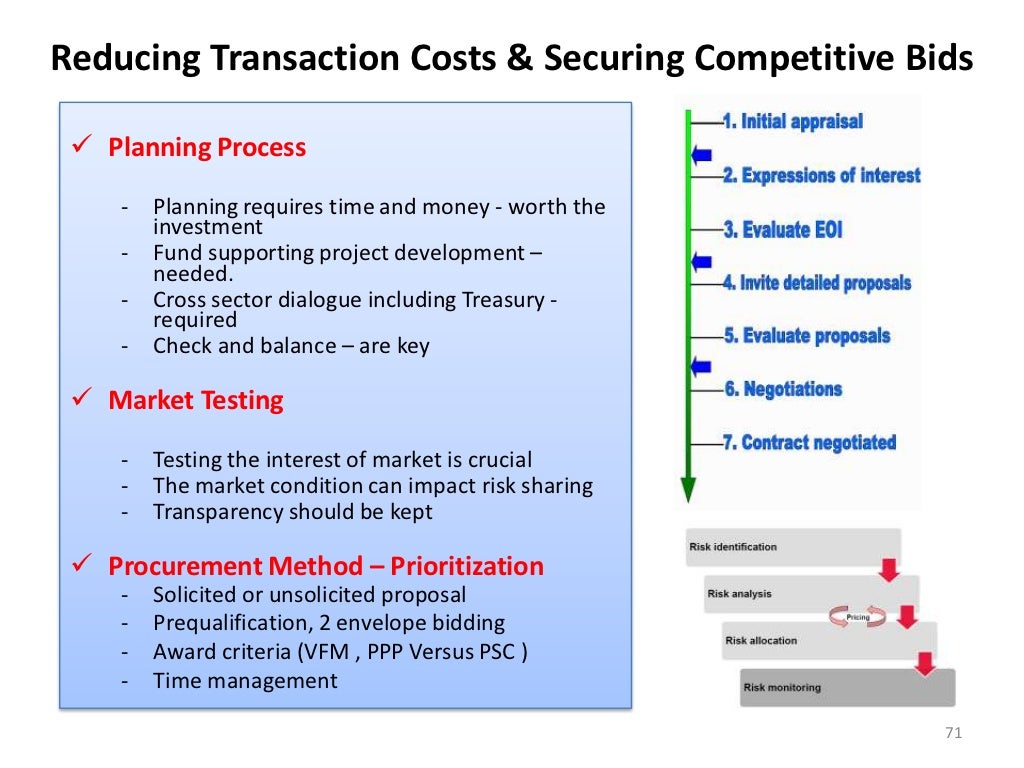

"this functional taxonomy of different transaction costs is He defines a workable concept of transaction costs: search and information costs, bargaining and decision costs, policing and enforcement costs. Dalhman (1979) examines what kinds of transaction costs are necessary to generate externalities. But the transaction costs concept itself is very difficult to define rigorously. We understand the role of transaction costs in the generation of externalities. I very much like this question and Alecos' answer. Searching for it is costly, however does not provide you with any extra good/service/utility, so this cost is purely about obtaining another good and is a cost in addition to the price of the good and nothing more.

In your supermarket example, the cost of searching for your desired good would be the transaction cost. Transaction costs refer to costs that do not go towards obtaining more welfare enhancing (desired) goods and services. Therefore transportation has a positive price. Transportation is a welfare/utility increasing good, which you would like to have.

Transportation is considered another good (rather a service) that we pay for. With transaction costs we typically never mean transportation costs. It was always my professors' opinion that transaction costs should not include transportation costs and in what follows I'll tell you why. Most people do not consider distance from a store(market) to be a market imperfection, but in some cases some do consider this. Transaction costs are defined as costs related to overcoming a market imperfection. But the price includes all shorts of overheads, like the access costs I mentioned, or marketing costs (that can be seen as information costs or as the price to pay for competition and the innovation and product variety that brings along), etc. Think computers: only the materials themselves and the technology embodied in them provide utility to you (plus maybe the brand). They don't provide any direct utility to him -they are obligatory costs that end up increasing the price, so that the consumer is able to acquire the good and enjoy the services/utility of the good itself. If you start to think about it, all packaging and transportation costs from the supplier to the shop are also "access costs" from the point of view of the consumer. I hit upon this concept in a little side-research I did in hedonic-price analysis. Personally I prefer to think of it as an access cost. You could certainly treat it as a "transaction cost", by suitably define the scope of the concept. In the field of Industrial Organization, the good's distance from the consumer has been often treated as an aspect of product differentiation.

The consensus among economists appears to be that most of such travel is not considered by the consumers as utility-enhancing per se (although trends like "family-shopping on Saturday" may say a different story), and so it should be interpreted in a different way. Since it was mentioned in an another answer let's clear this first: whether the transportation (and its time and monetary costs) should be associated with the intended consumption of the good you are going to purchase, or it can be considered as consumption on its own, depends on your subjective view of it: do you derive any form of pleasure by the trip itself? If yes, at least part of it should be considered consumption per se.


 0 kommentar(er)
0 kommentar(er)
